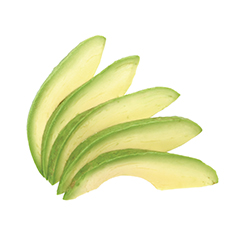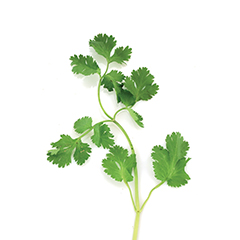


Imagine a quiet and calm dinner where your entire meal comes together quickly without a fuss! It’s possible with the slow cooker. What could be easier than preparing a few simple ingredients, adding them to the slow cooker, and then walking away while dinner and even dessert practically cook themselves? Our recipe for Pulled Barbecue Chicken is delicious and nutritious, and it is sure to keep you and your family warm and well-nourished during the cold days of winter.
If the flavor of barbecue sauce appeals to your family, then they’ll love this Pulled Barbecue Chicken, made easily in the slow cooker with boneless, skinless chicken thighs, barbecue sauce, and three nutritious vegetables: carrot, bell pepper, and onion. You can serve our pulled chicken over rice, in soft tacos, or wrapped inside a lettuce leaf.
Nutrition Information per Serving (about ¾ cup):
260 calories, 9g fat (2.5g saturated fat), 500mg sodium, 18g carbohydrate, 1g fiber, 26g protein, 30% vitamin A, 20% vitamin COur recipe for Pulled Barbecue Chicken is perfect when you are cooking for a big group or if you plan to feed your family throughout the week. (Or freeze the leftovers in zippered bags for later.) To add excitement to this warm and comforting meal and to keep the kids from getting bored with the same chicken dish three days in a row, change up the way you serve it.

Place half a cup of cooked brown rice in a bowl and top with the pulled chicken and your choice of toppings.

Warm a stack of soft corn tortillas and then top each with the pulled chicken and your choice of toppings. You’ll need one to three tortillas per person.

Use the outer leaves of iceberg or Bibb lettuce to create cute “cups,” and then fill them with pulled chicken and your choice of toppings. You’ll need one to three lettuce “cups” per person.







Side-Lying Hold
This hold is useful when:
Cross-Cradle Hold
This hold is useful when:
Clutch or “Football” Hold
This hold is useful when:
Cradle Hold
This hold is useful when:
Laid-Back Hold
This hold is useful when:
Share
Share this link via: